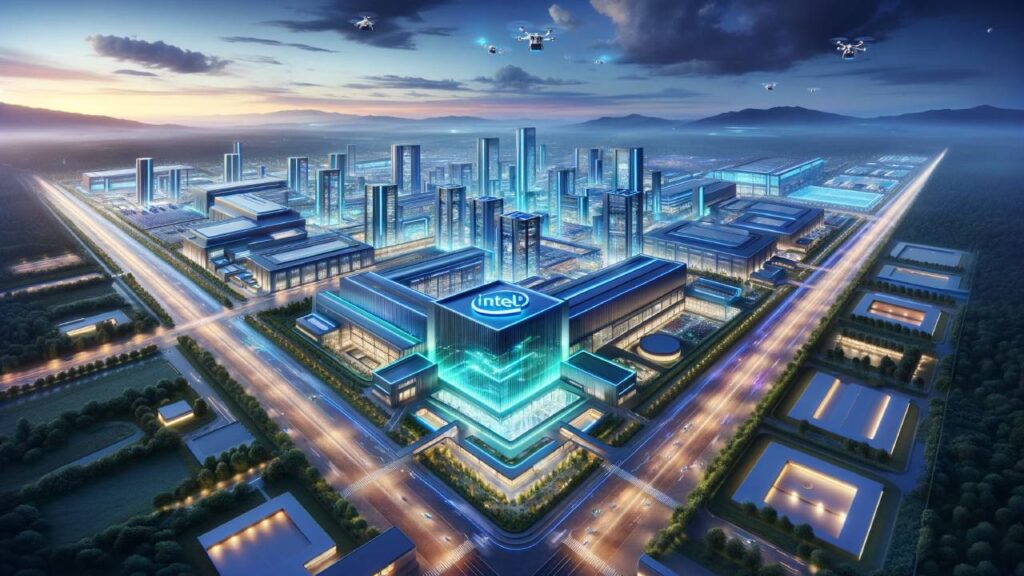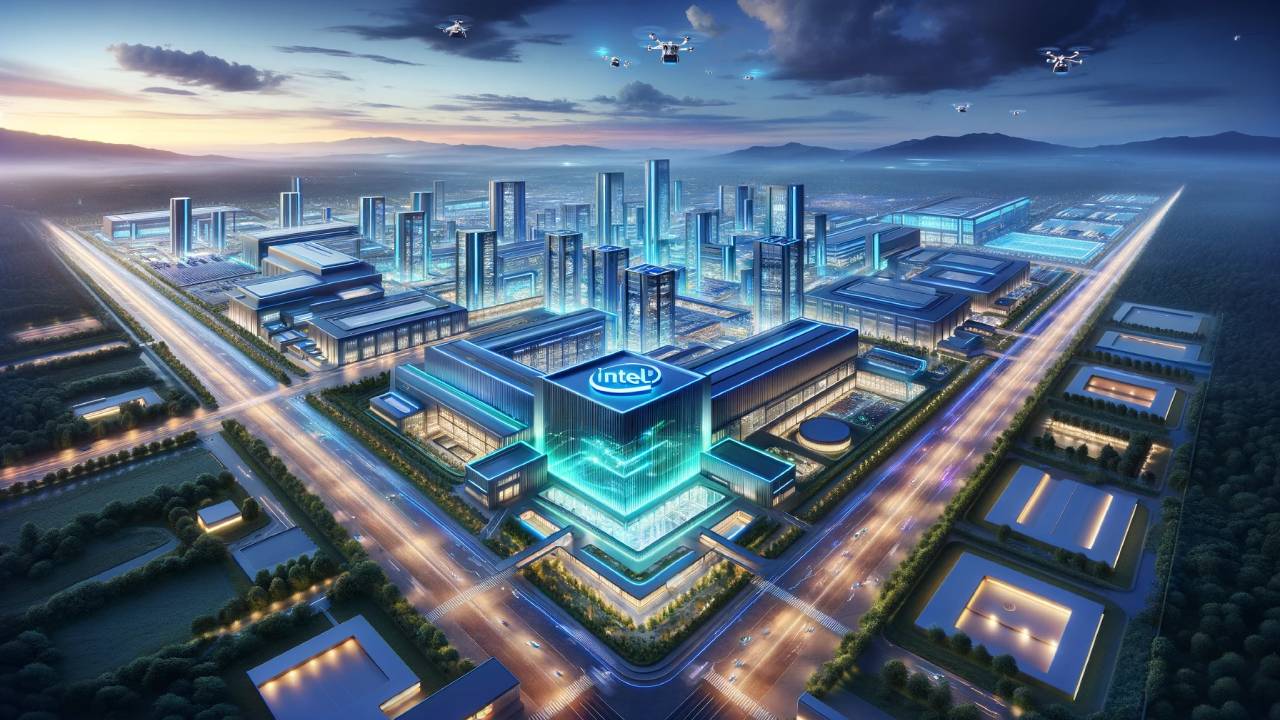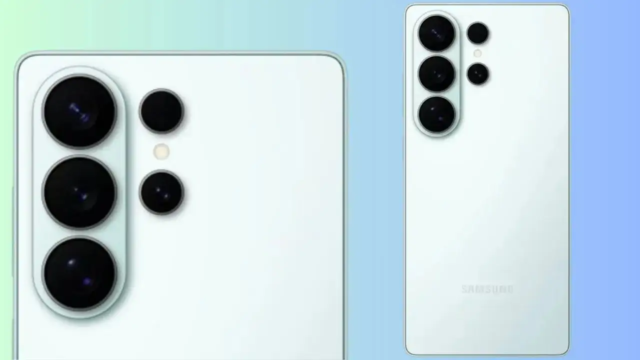Intel is launching the world’s first system fab designed to meet the needs of the artificial intelligence era. This initiative is part of Intel’s roadmap to become the world’s number two foundry by 2030 and expand its ecosystem partners. Here are all the details…
Intel shapes the AI era in collaboration with Microsoft and Arm
At the Intel Foundry event, significant figures in technology and artificial intelligence, including US Secretary of Commerce Gina Raimondo, Arm CEO Rene Haas, and Open AI CEO Sam Altman, came together alongside leaders in the field.

Intel Foundry is designed to lead in technology, flexibility, and sustainability to help customers achieve their artificial intelligence goals. In this context, Intel unveiled a roadmap that includes Intel 14A process technology, custom node evolutions, and new Intel Foundry Advanced System Assembly Test (ASAT) capabilities.
Microsoft CEO Satya Nadella has selected a chip design that Microsoft plans to produce using the Intel 18A process, marking a design victory for Intel Foundry. These developments are further reinforced by support from ecosystem partners such as Synopsys, Cadence, Siemens, and Ansys, who have announced verified tools, design flows, and intellectual property portfolios to enable customer designs. Intel’s steps demonstrate their readiness to accelerate chip designs for customers.
Intel CEO Pat Gelsinger noted that artificial intelligence has profoundly changed our thinking about technology and silicon and that Intel Foundry has created an unparalleled opportunity for the world’s most innovative chip designers. Intel has the potential to create new markets and revolutionize technology usage.
Intel’s expanded process technology roadmap includes several custom node evolutions in addition to Intel 14A, with the company adding to its leading node plans. By sticking to its roadmap of five nodes in four years (5N4Y), Intel expects to regain process leadership with Intel 18A by 2025.
Intel Foundry has a significant customer volume in various fab process generations, including Intel 18A, Intel 16, and Intel 3, with design gains and enhanced packaging capabilities such as ASAT. These achievements ensure that Intel Foundry’s expected lifetime contract value for wafers and advanced packaging exceeds $15 billion.
Additionally, Intel shared information on a collaboration with Arm to provide the most advanced foundry services for Arm-based system-on-chips (SoCs) through an “Emerging Business Initiative.” This initiative presents a significant opportunity for Arm and Intel to provide the necessary support to encourage technology development and innovation.
Intel’s system fab approach offers full-stack optimization from factory network to software and enables customers to innovate across the entire system through continuous technology improvements, reference designs, and new standards. Intel Foundry provides customers with the opportunity to design and deliver solutions for the most challenging applications by offering a flexible, resilient, more sustainable, and secure supply source.
In addition to these initiatives, Intel aims to use 99% renewable electricity in its factories by 2023, achieve 100% renewable electricity worldwide, zero waste in landfills, and net-zero Scope 1 and Scope 2 greenhouse gas emissions by 2040. Intel’s steps are seen as a significant move towards becoming the industry’s most sustainable foundry.














